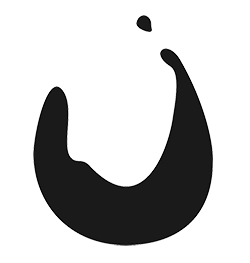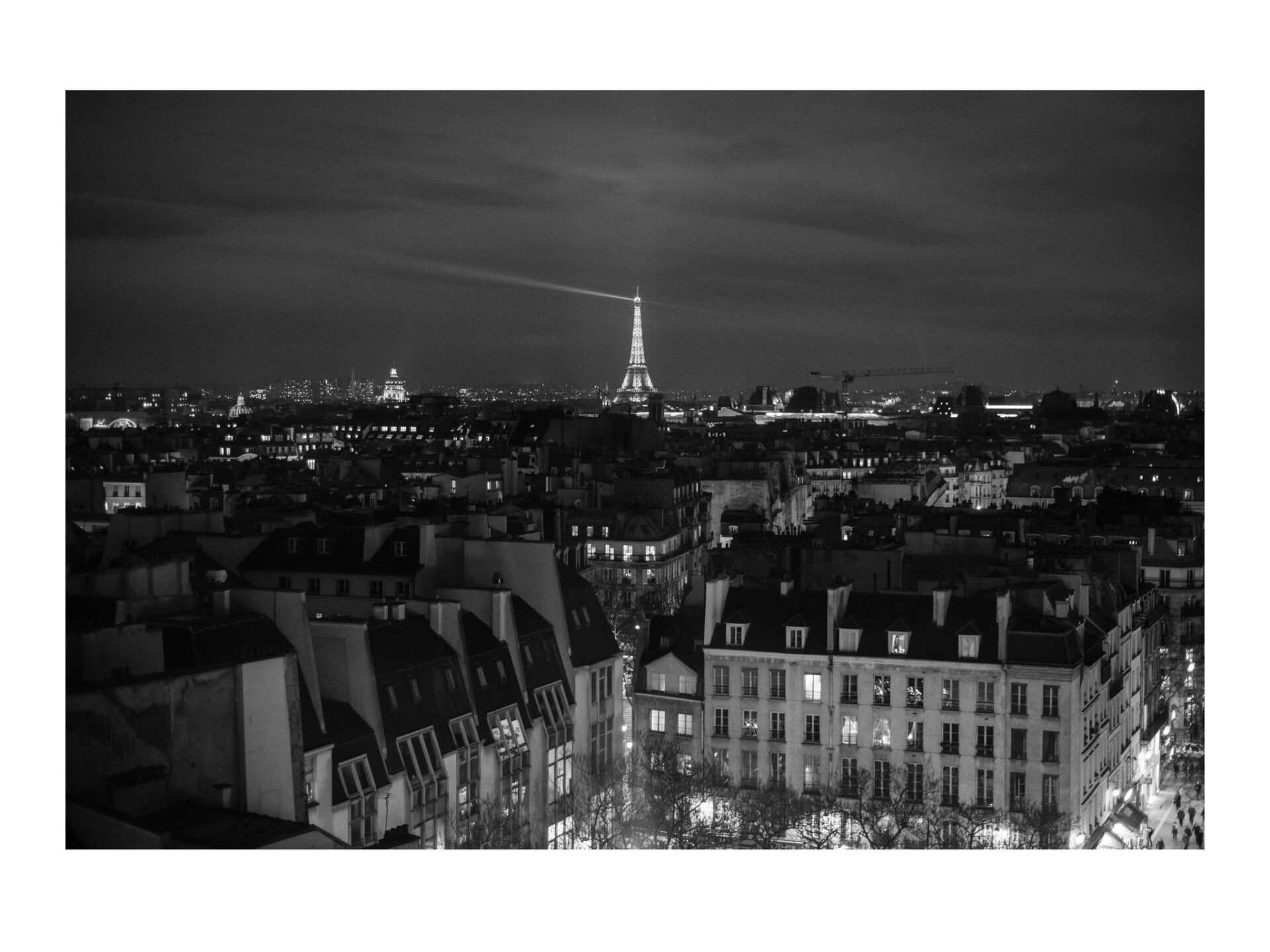The world of wine can seem unapproachable to a casual oenophile who’s used to picking out their bottles based on the label artwork. Broken down to the individual aromas and tasting notes that make them special, wines can get complicated fast and may feel intimidating to those who have never tried wine, or identify with the “casual drinker” demographic.
But learning how to taste wine like a pro is easier than you might initially think. All you need to do is pay attention the next time you sip your after-work Syrah — and, of course, a guide to wine tasting for beginners. Here we’ve put together a few basic instructions for tasting wines, as well as a list of approachable bottles that will help you build your sommelier vocabulary. Enjoy!
How to taste wine as a beginner
Tasting wine, as you may already know, is a multi-sensory experience and begins not with the palate, but with the eyes. The first thing you do when tasting wine is look at it, tilting your glass and holding it up to a light source, to examine its shade and opacity.
Next, you swirl your wine in its glass and take a deep breath through your nose to observe the aroma of the wine. Smelling the beverage is an important step in understanding its complexity, and can tell you a lot about the specifics of how a particular wine was made.
Beginners however should initially focus on the tongue-portion of tasting, as understanding the flavors of individual wines will provide the basic building-blocks for better appreciation. Let’s dive in.
Picture a grid, with an x-axis and a y-axis; just like from high school algebra, only a lot more fun. One end of the x-axis, or the horizontal line, is labeled ‘dry’, while the other is labeled ‘sweet.’ And either end of the y-axis, or vertical line, is labeled ‘strong tannins’ and ‘strong acidity.’ The center point where the x and y axes meet is labeled ‘fruity’. Everything above the x-axis is a red wine, while everything below is a white or a rosé.
All wines fall somewhere on this grid, and their most basic aspects of flavor can be categorized as either dry or sweet, and acidic, fruity or tannin-heavy (chewy or bitter.)
Of course, the space between each point is a spectrum, and you will encounter wines which might not fit neatly into each descriptor. That’s where more complex flavors will come in to help you elucidate the unique properties of each wine.
Best red wine for beginners
2018 Maitre de Chai Stampede Vineyard Zinfandel – $28
This non-standard Zin is a great dry wine for beginners as it isn’t quite as harsh as most of its kind. Bright fruits, earthiness, and a little spice make this medium-bodied red an excellent example of its varietal without being too ‘high-octane.’ New-to-the-table sommeliers will appreciate its smooth tannin and approachable pleasantness.
2019 Poco a Poco Russian River Valley Pinot Noir – $22
Pinot Noirs fall on the sweeter, fruiter side of the spectrum but remain a luxurious and quintessential red wine experience. The Poco a Poco epitomizes Pinot with rich but bright aromas of hibiscus and earth, and flavors of candy and mint on the palate. This wine is perfect for getting to know your low-tannin reds.
Best white wine for beginners
2019 Land of Saints Santa Barbara County Chardonnay – $23
Chardonnay is possibly the most popular (and controversial) white wine in the world. You’re either a huge fan of the spicy, buttery varietal or sworn to never let a drop touch your tongue. Personally, we love it, especially this beautiful bottle from Land of Saints. This California classic is the perfect example of a Chard and will make you believe you’re drinking a fine lemon pastry in a glass.
2019 Terlano Alto Adige Pinot Grigio DOC – $24
And on the other side of what good white wine should taste like is Pinot Grigio. Sweet, light, delicate, floral, fruity, etc., etc., the complex flavors of a Grigio feel dry at first but ultimately refresh the drinker with crisp acidity. It’s the grown-up version of summertime lemonade. Start your Pinot Grigio experience off right with a glass of this DOC from Terlano.
Best rosé wine for beginners
NV Vin d’Pampe Pamplemousse Vermouth Rosé – $22 (half-bottle)
If you started out your foray into wine-drinking with spritzers, this is the perfect vino to help you graduate to wine-only glasses. An aperitif which is delicious on its own or in a cocktail, the Pamplemousse Vermouth is made from Pinot Noir grapes and carries some of that spicy fruitiness into its final form.
Shades of Rosé – 2020 Chateau Barbebelle Aix-en-Provence ‘Rosé Fleurie’ – $22-237
Not only is this the Rosé for the wine-curious, it is also the Provence Rosé — offering you an intimate look into a staple of the wine world, as well as one of the most important areas of winemaking in the world. This bottle is an education on both the enjoyment and the history of wine. Plus, it’s delicious, with essential Rosé flavors including white peach, ripe melon, ruby grapefruit, apricot, and fresh strawberries.
What Argaux has to offer
Besides an incredible selection of both fine and approachable wines from small vineyards all over the world, we at Argaux have put together a blind tasting kit that’s perfect for parties, date night, or a serious study session for budding sommeliers. Have fun, discover wines you love, and refine your tasting abilities with 2 to 4 carefully wrapped bottles of hand-picked wine from our inventory. This kit also comes with step-by-step tasting instructions, as well as a comprehensive guide to wine tasting that engages all the senses. Order your blind tasting kit from Argaux today.
You might also enjoy:





